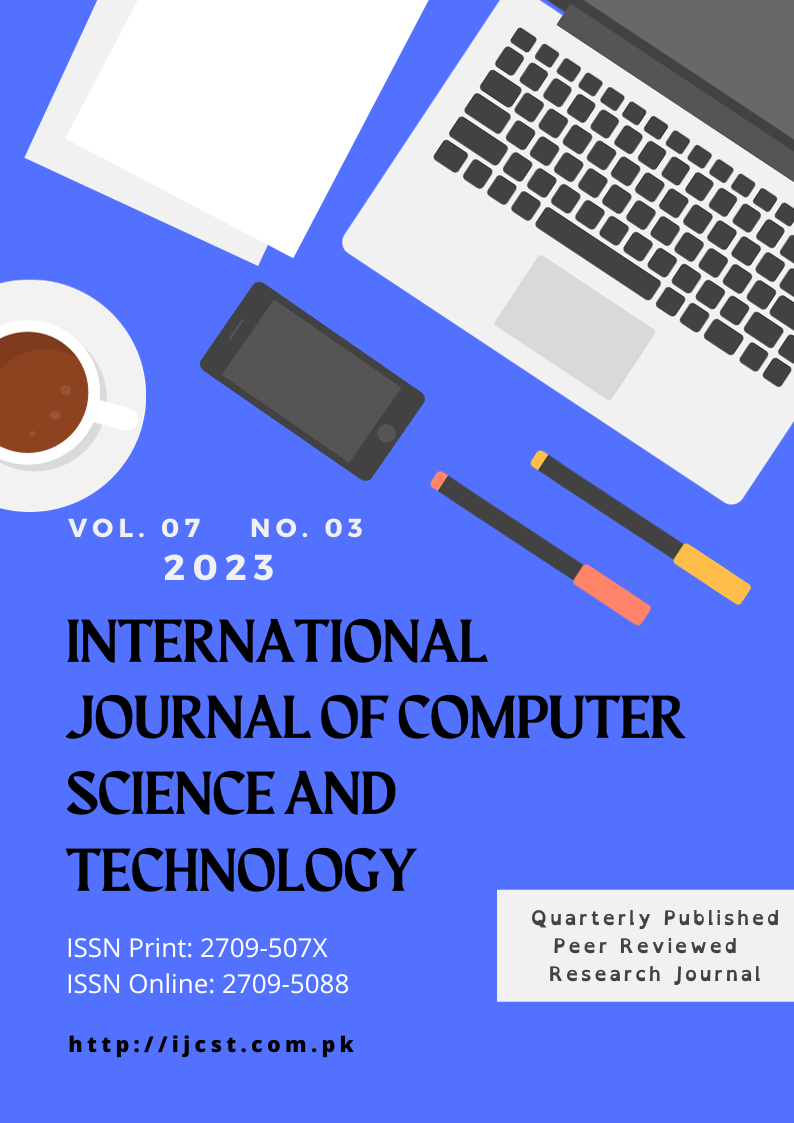
Goal:
This course introduces Object Oriented Programming (OOP) with Java as an illustration language. Objective of this course is to ensure that students understand object-oriented programming concepts and are able to create object-oriented computer programs.
Learning Objectives:
1. Introduction to the Course, Course Policies and Rules
2. Overview of Structured Programming using C++
3. Arrays/structure/Functions revision
4. Function (call by value & call by reference)
a. Passing Arrays & Structure to functions
5. Structure Member Functions
LAB 01
3. Identifying Objects and Methods
Lab 02
2. String Class and String methods
LAB 04
1. Compositions Vs. Aggregation
Lab 05
2.Compositions
2.Manipulation of collections
d. UML representation of Inheritance
Lab 07
Project Proposals Announcement
Lab 08
2.Practice Problems with Abstraction
Lab 10
2. Hand-coding GUI and interaction
Lab 11
Hand-coding GUI and interaction
a. User Interface and Business Logic layers
2. File IO (with separation of concerns)
2.Project Progress Discussion
Lab 13
2. Component for CRUD operations
Lab 14
2. Complete working application with file handling (separate layers for GUI and business logic)
Project Demonstration Presentations + Viva



